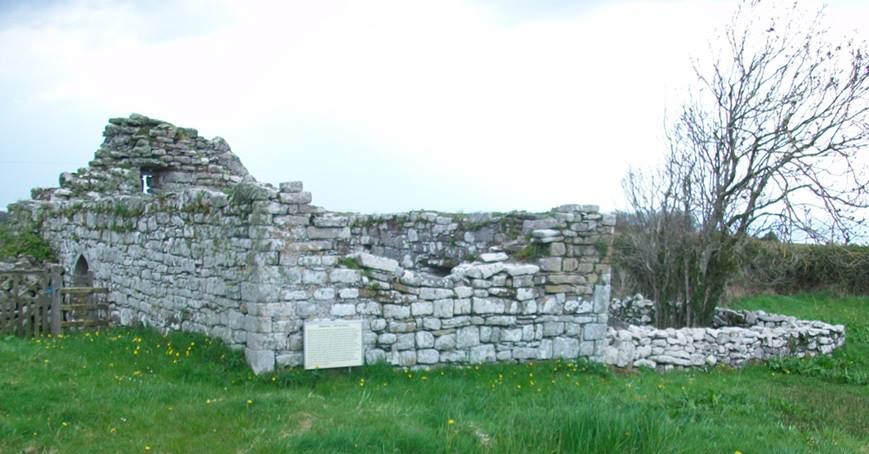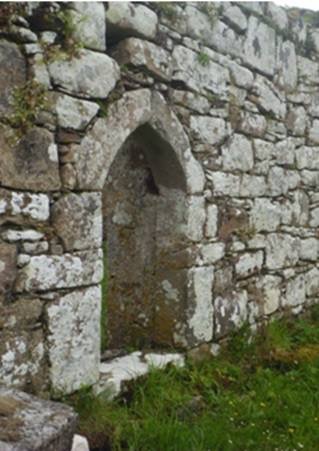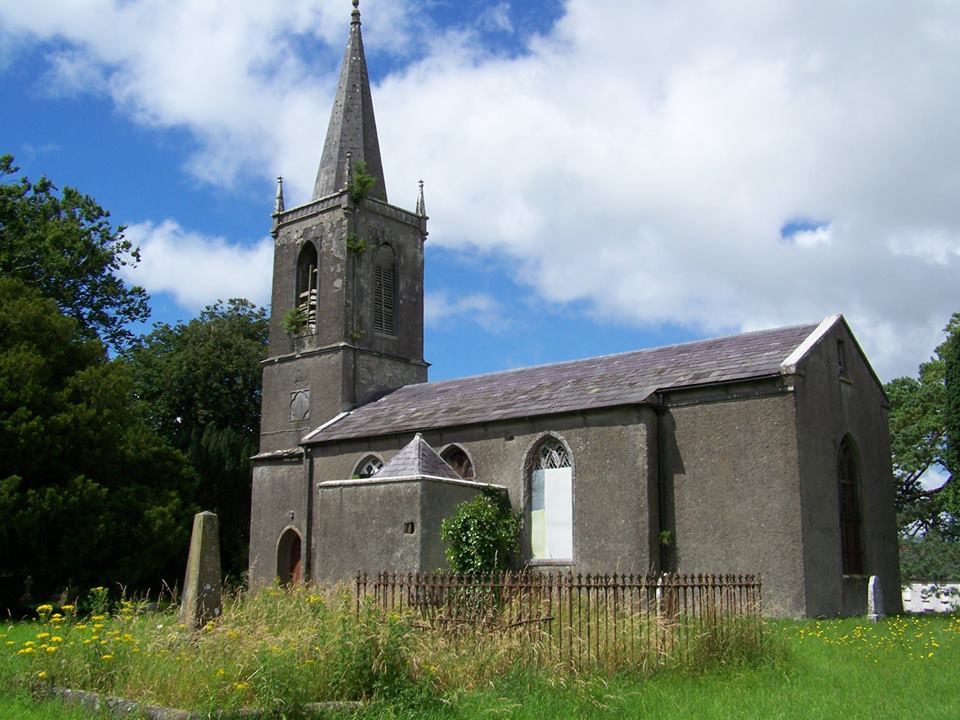In the years since Kilbarron Castle became a ruin it has hosted a number of distinguished visitors who have left a written record of their visit. The earliest that we know of is the visit of Mervyn Archdall sometime before 1768 when his book was published.
In 1768 Mervyn Archdall wrote a book called “Monasticum Hibernicum ” listing all the churches priories and monasteries of ancient Ireland. Many errors were subsequently corrected in a new edition of the book revision of the book with notes by Patrick F. Moran and other antiquaries began in parts, at Dublin in 1871.
Where this book is of particular interest for those researching the history of Kilbarron Castle is that the publication includes an entry for Kilbarron Church and a passing mention of the castle. This extract is taken from the revised edition of 1871.
“Kilbarran- This is the name of a locality about four or five miles north-west of Ballyshannon. It possesses much antiquarian interest for it has the remains of the old castle or fortress of the O’Clerys, as well as those of the church or monastery from which the parish derives its name”.

It continues by giving the background of the Church’s founder. “Its foundation is attributed to St Colum-cille himself. Manus O’Donnell, in his life of the saint, mentions the fact, and adds a long and beautiful account of the circumstances which let him to establish it. St Barrainn whom he appointed to govern it, was a relative of his own and a descendant of Conal –Gulban.”

Mervyn Archdall was a descendant of John Archdale or Archdall of Abbotts Hall, Darsham, in Suffolk who was granted estates in Co Fermanagh to be later known as Castle Archdale, as part of the Plantation of Ulster.


Ruins of the first Castle Archdale which was built in 1615. It was burned during the 1641 rebellion and again during the Williamite wars. Eventually fell into ruin when the family built a new house in the 18th Century. It was demolished in the early part of the 20th Century.
Melvyn was born in Dublin in 1723 and later graduated from Trinity College taking Holy Orders. There too he developed his interest in history and when his mentor Richard Peacock, Archdeacon of Dublin, became Bishop of Ossory he appointed Mervyn Archdall to the living of Attanagh (partly in Queen’s County and part in Kilkenny) He was also a member of the Royal Irish Academy. He died in 1791.

Thinking that we had found evidence that Kilbarron Castle was a ruin when Mervyn Archdall’s “Monasticum Hibernicum” was published in 1768, further research has revealed that all the footnotes were added to the original text by Patrick F. Moran in the second edition in 1871 and the above extract was most likely written in 1871. Other references in the extract mention Cú Coigcríche Uí Cléirigh’s will which in 1768 was still in the possession of his descendants in Drung in Co Cavan and was unlikely to have been available to Mervyn Archdall, though not impossible. It was only after the Uí Cléirigh manuscripts were purchased by George Petrie in 1831 that this information became available.
So we are no further on in determining when exactly Kilbarron Castle was abandoned- The quest continues!
Copies of Mervyn Archdall’s original book are to be found in the British Library and Trinity College where it would be interesting to double check the original entry for “Kilbarran” to see what exactly are the differences in the information there and the information in the second edition of the book.
